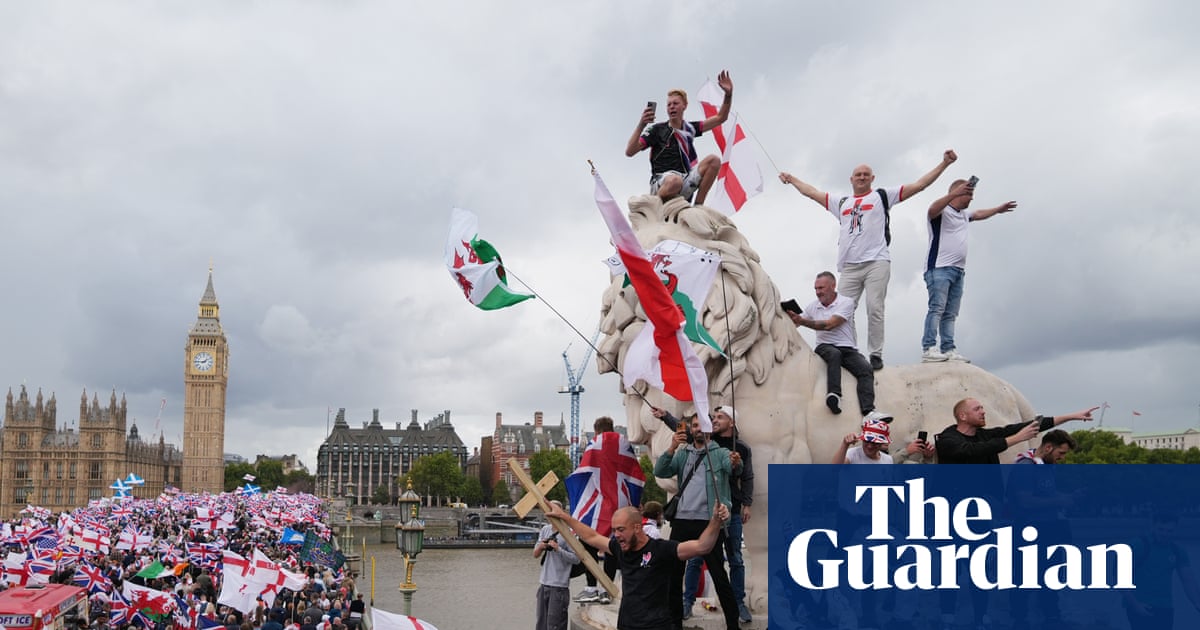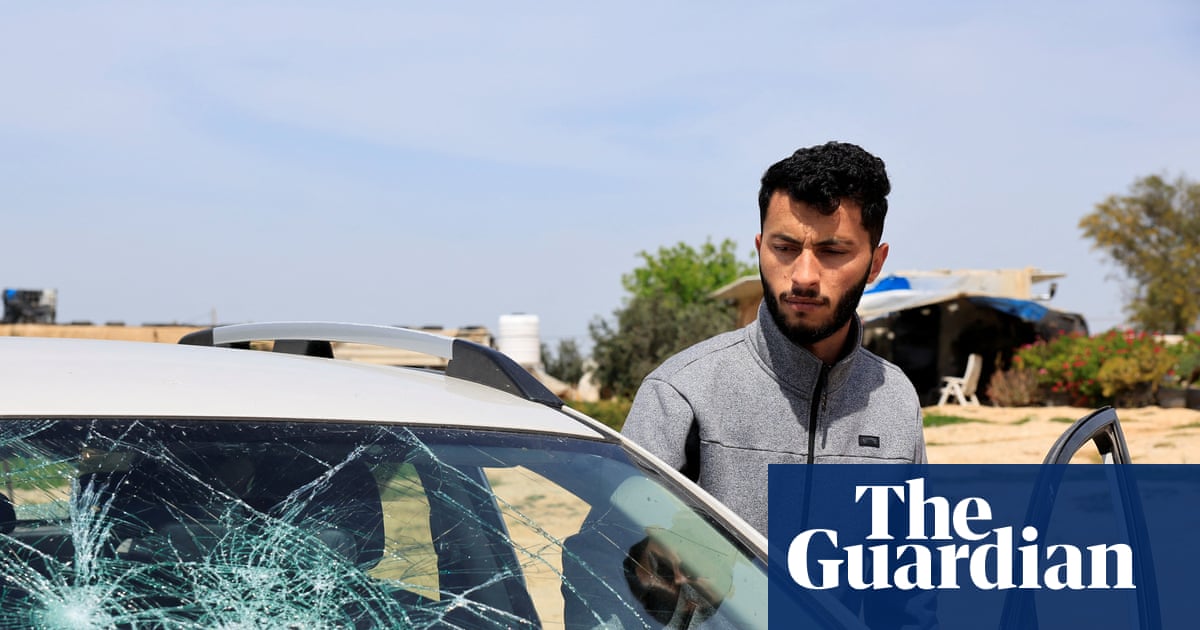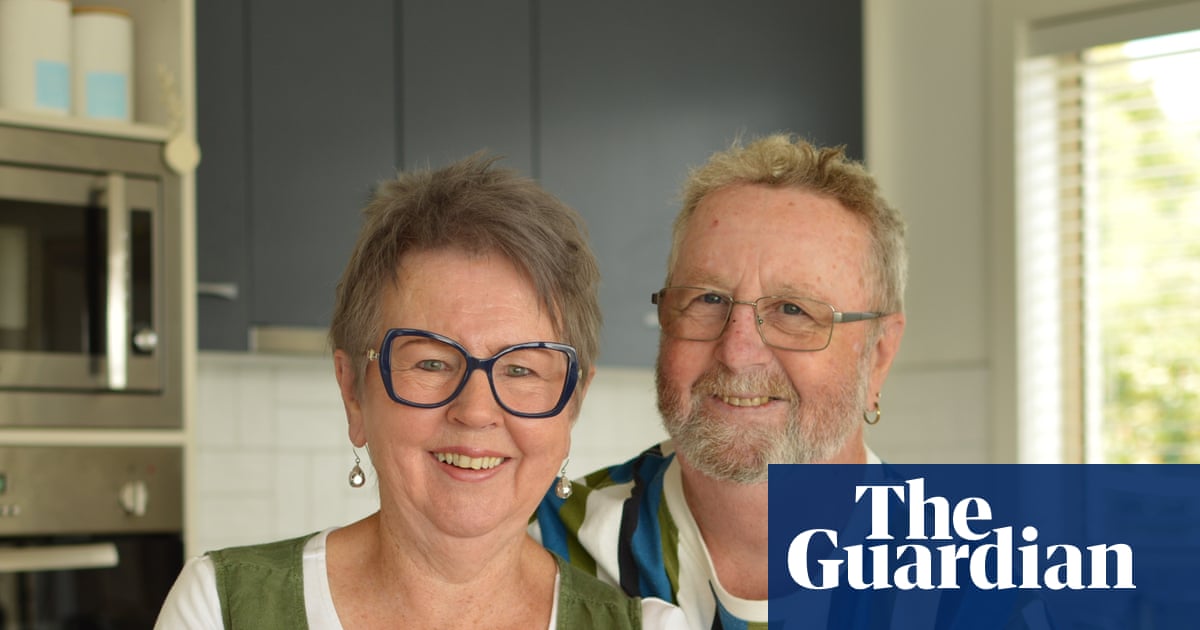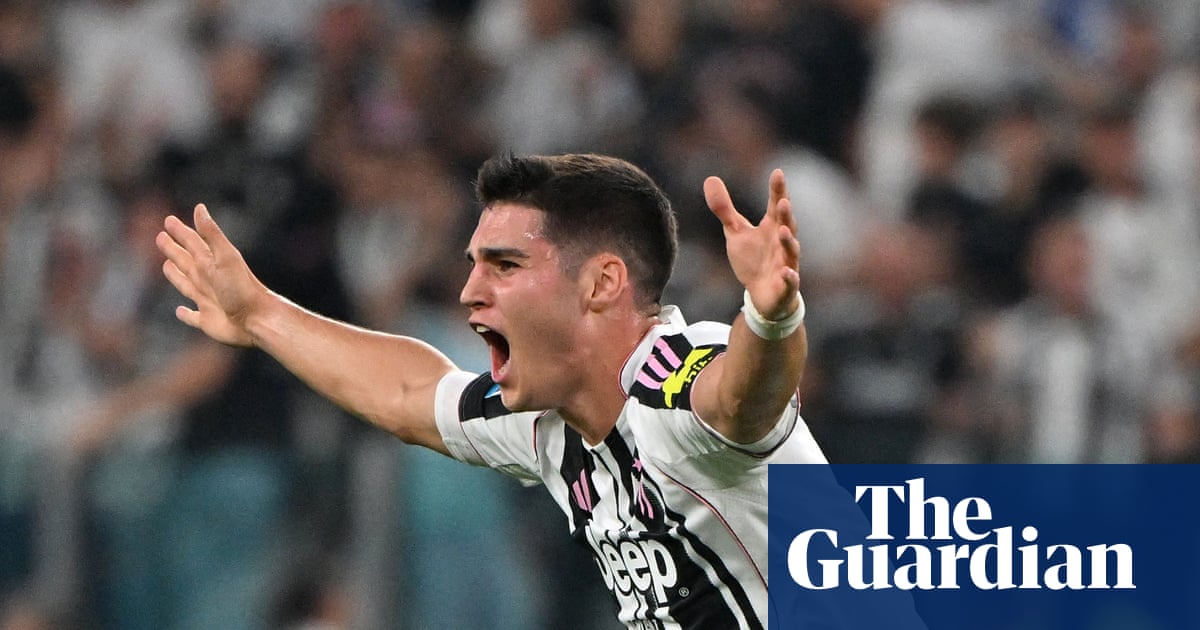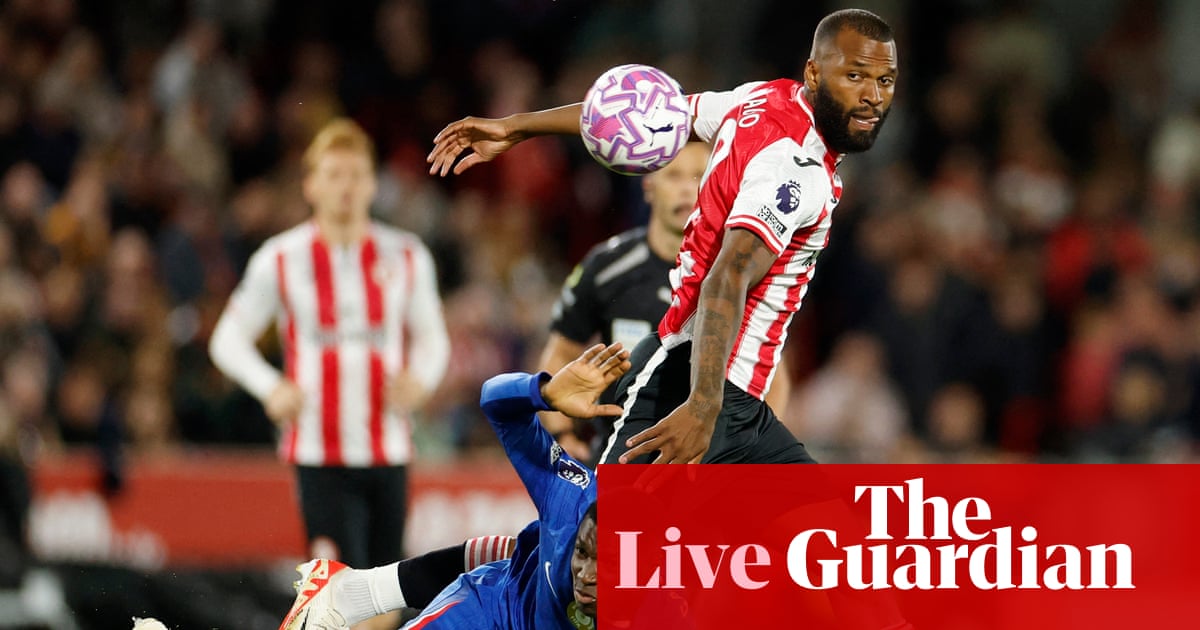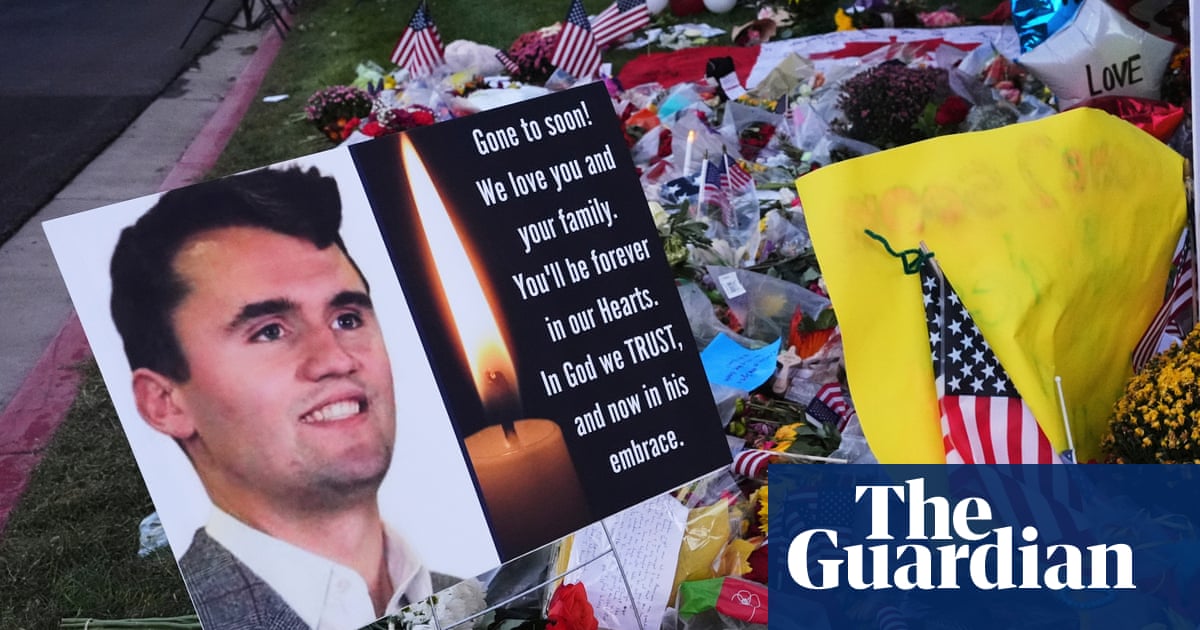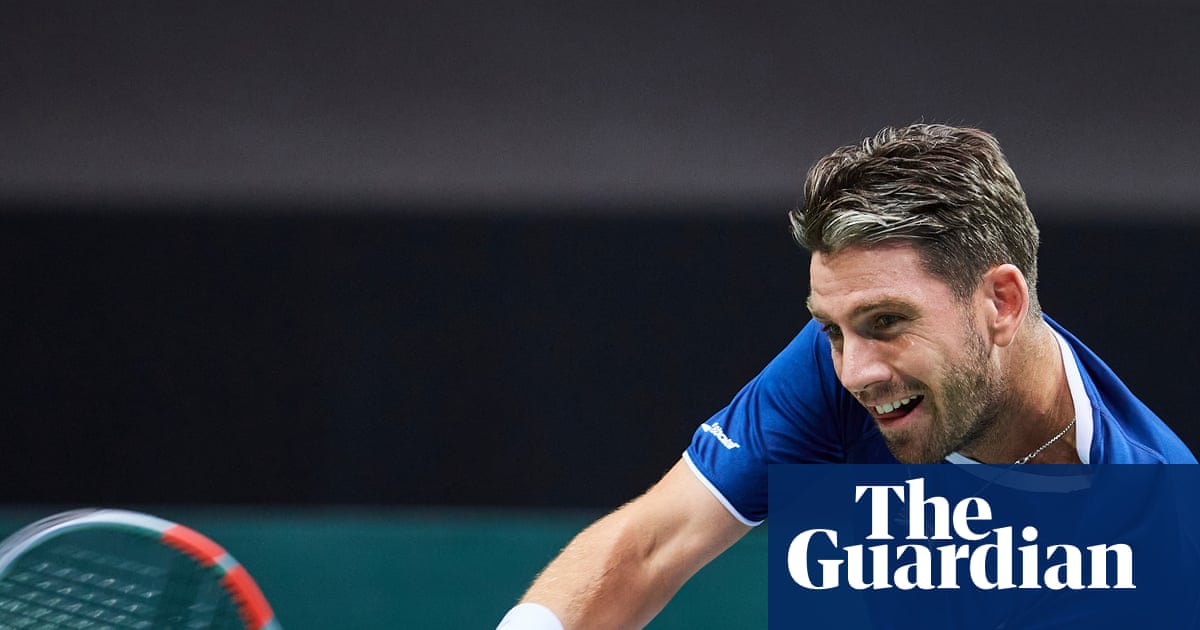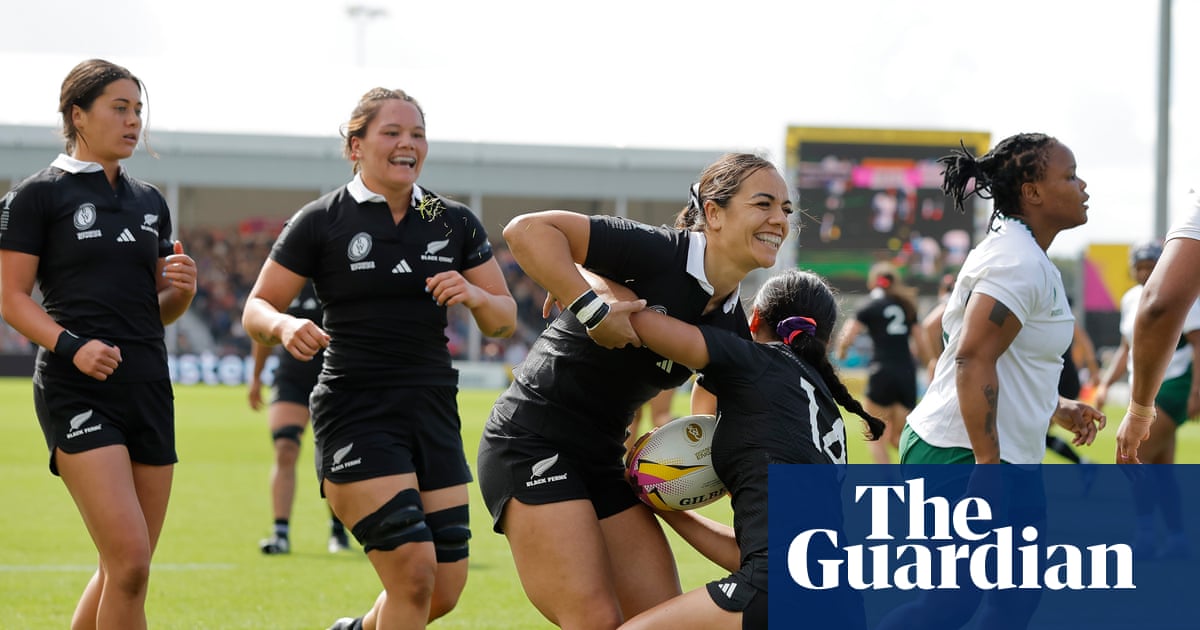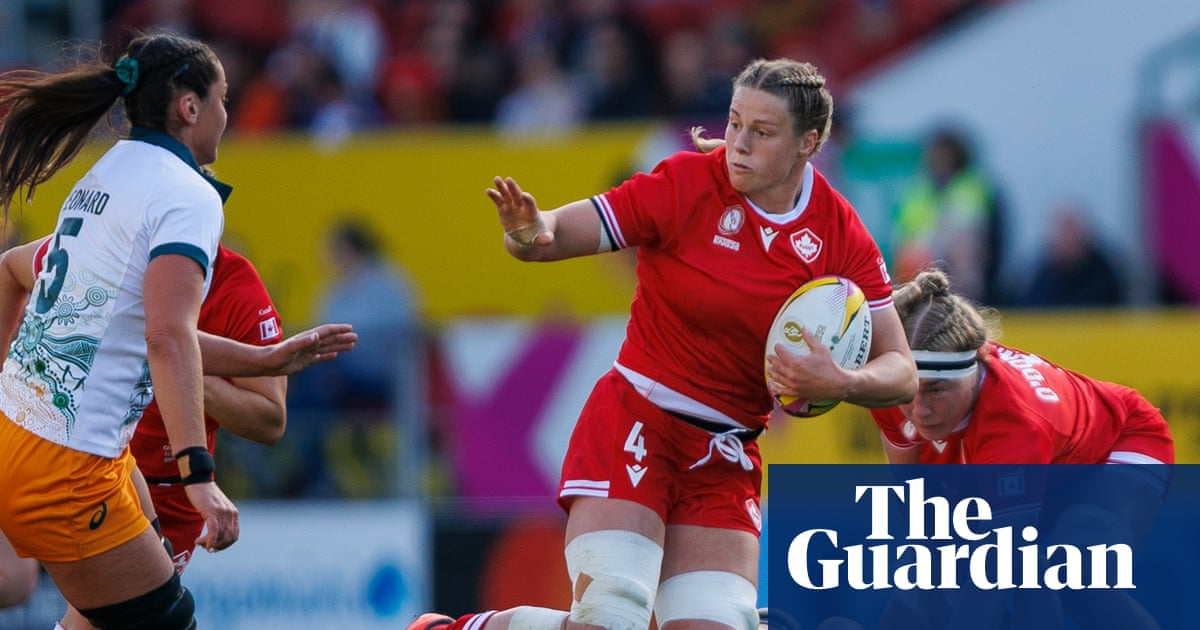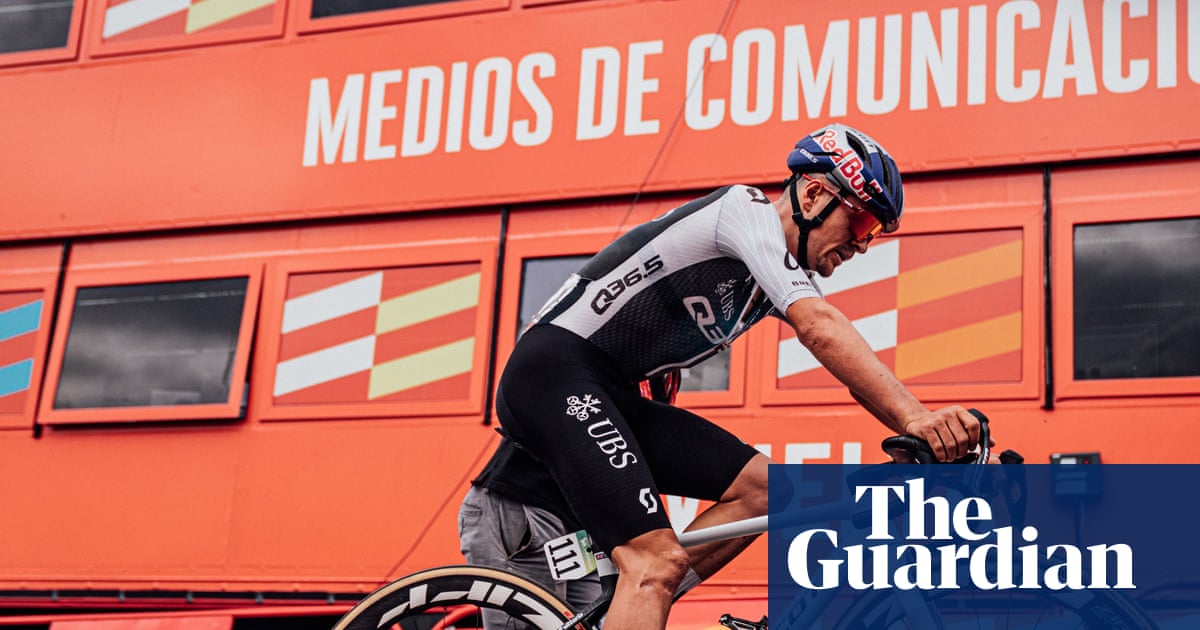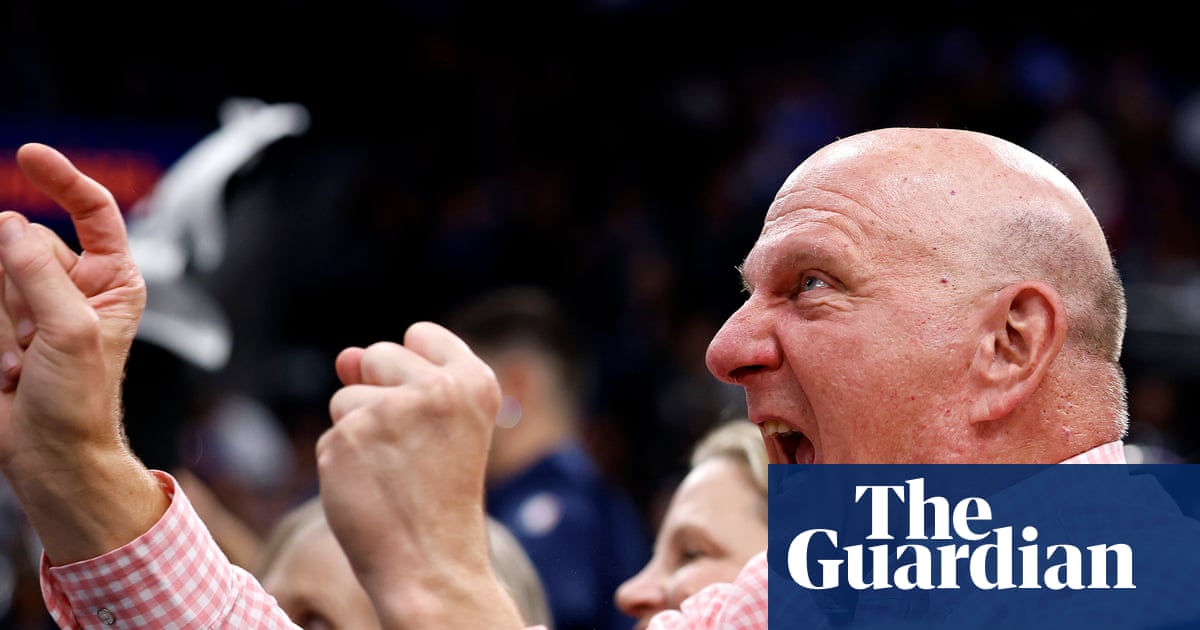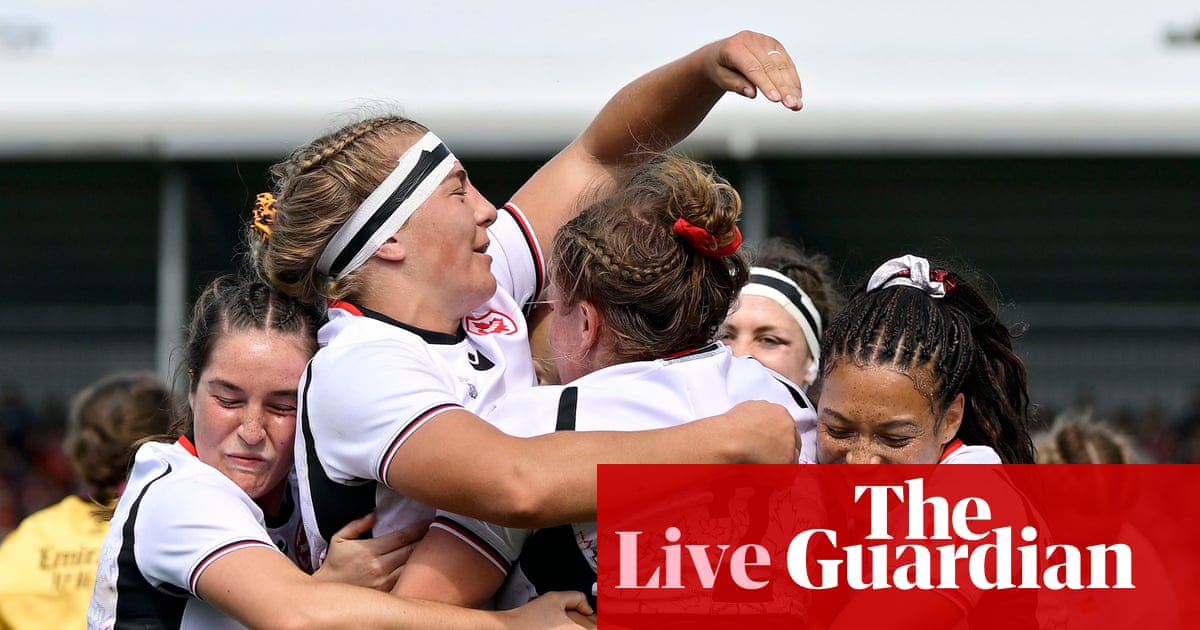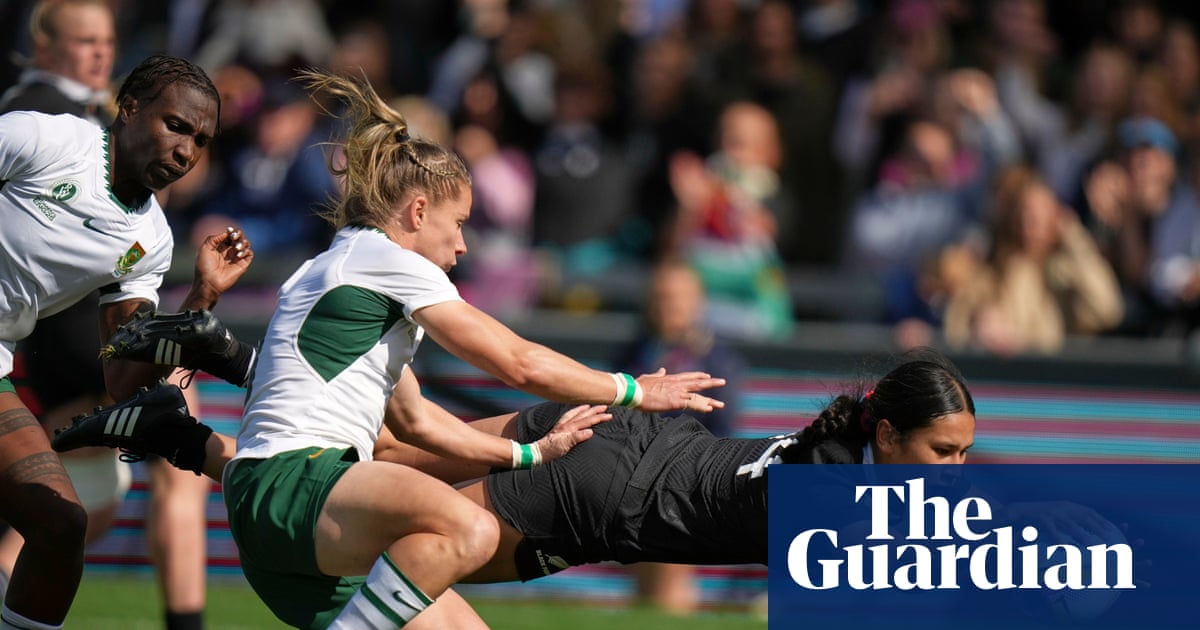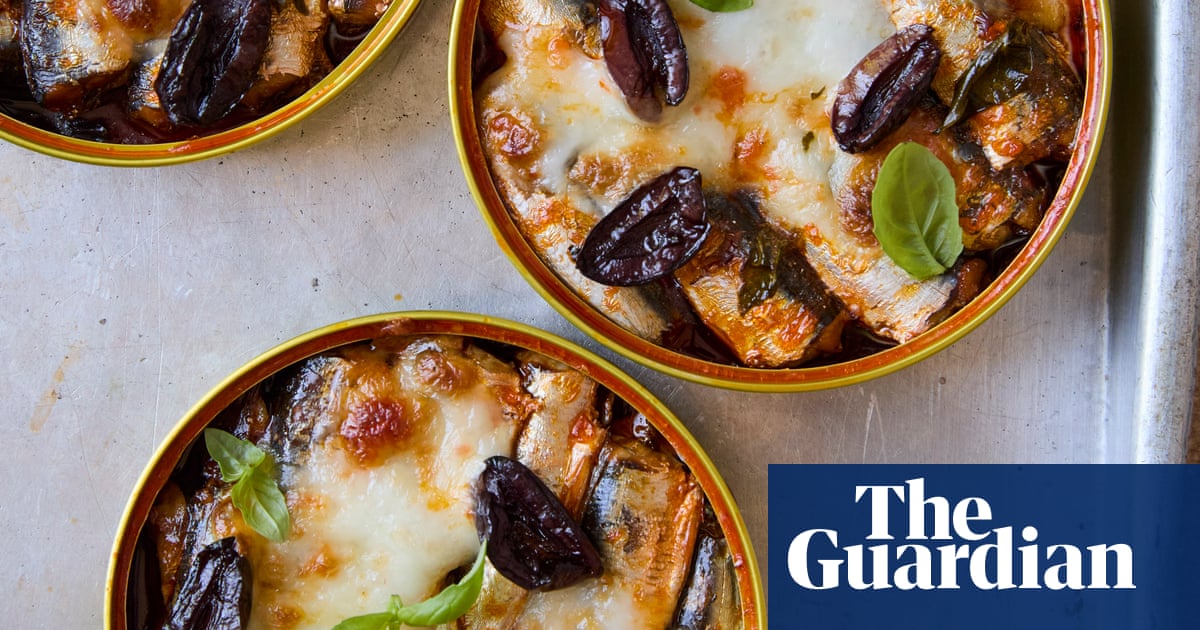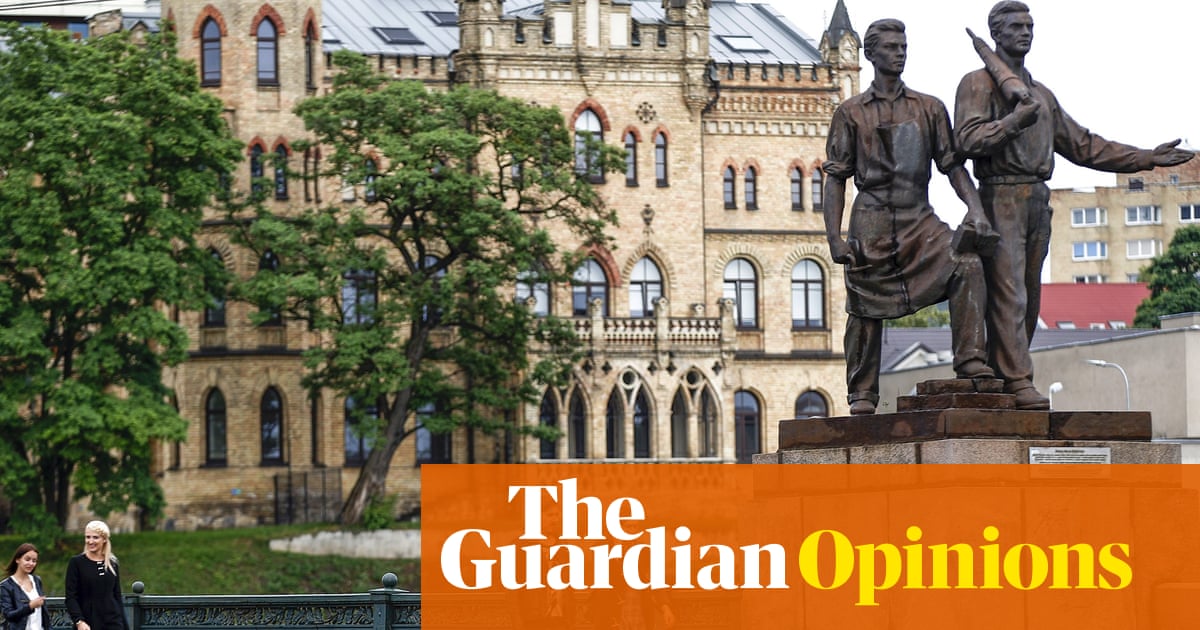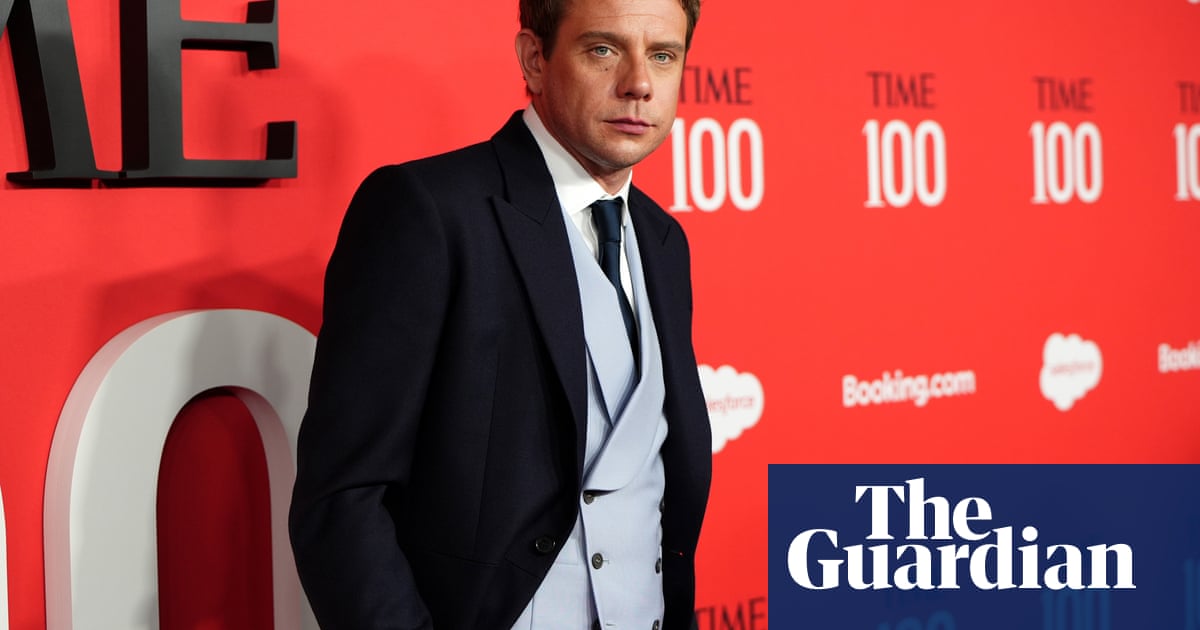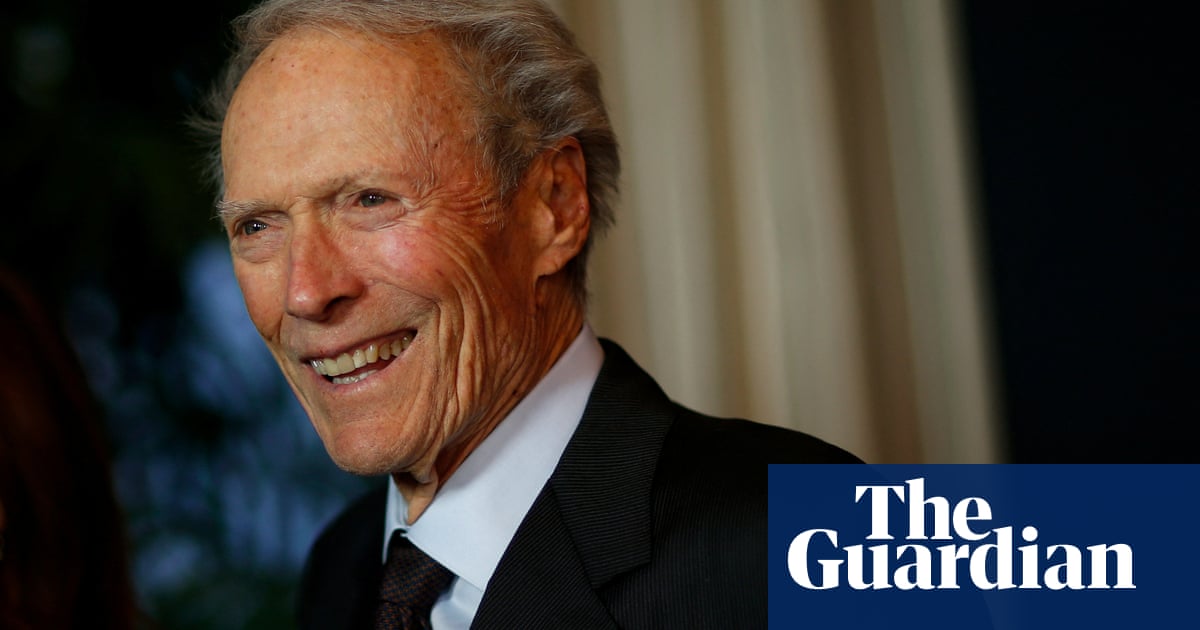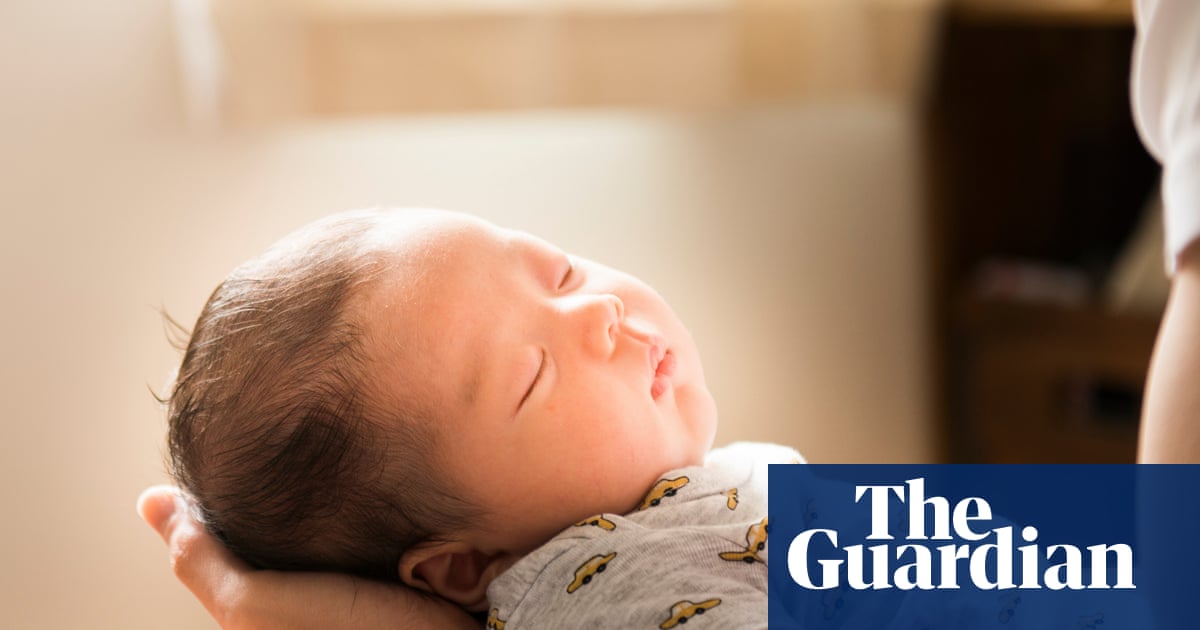In one photograph taken by the Polish artist Aneta Grzeszykowska, her seven-year-old daughter Francziska stands on the weedy banks of the Liwiec River, dressed in a purple swimsuit and denim shorts. Francziska has her face turned towards the boggy water; beside her, sitting inside a wheelbarrow, is her mother’s torso.
In the next ambiguous image, Francziska holds her mother’s head underwater. In the another, the two float, Ophelia-like, side by side.
But the Grzeszykowska in these photos is not Grzeszykowska at all: it is a silicone replica of the artist, handcrafted for the 25 photographs in her series Mama, which is now on view at Melbourne’s Buxton Contemporary.
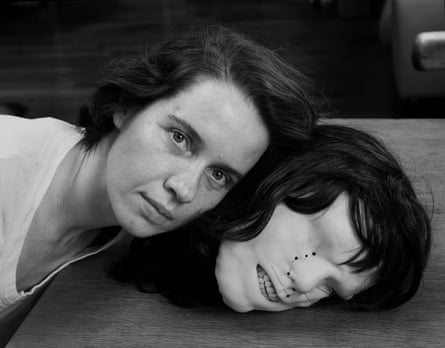
In Mama, Grzeszykowska takes on the much-fetishised effigy of womanhood – the doll – and entrusts herself into the care of her daughter, who plays with her, cares for her, and terrorises her. It’s a subversive act, taking the most hallowed of relationships – that between mother and child – and flipping it.
“All of my works are a play with the viewer,” Grzeszykowska tells me from her home in Warsaw, where she lives with her husband, the artist and her longtime collaborator, Jan Smaga, their daughter, Francziska, and their coterie of pets. A cat slinks past the screen, wiping her tail across Grzeszykowska’s face.
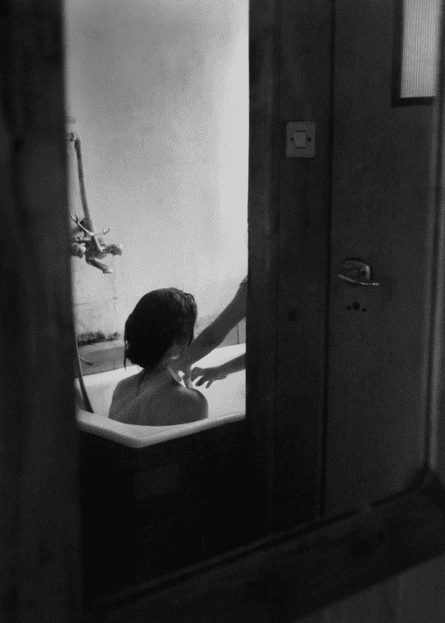
Grzeszykowska apologises for her English, which is excellent; at times she worries she can’t communicate some of the deeper themes in her work, which I don’t notice at all. “Mama is about the relationship between mother and child,” she says. “But the viewer forgets that the real mother, me, is outside of the frame taking the pictures. You forget the person pulling the puppet strings. It becomes about what you see, not who is creating the scene.”
Fourteen images from Mama are being presented at Buxton as part of the veil, an exhibition curated by Hannah Presley that explores memory and identity through a collection of photography, film, fibre art, printmaking and sculpture by Grzeszykowska as well as artists Hayley Millar Baker, Hannah Gartside, Glenda Nicholls, Lisa Waup and Lena Yarinkura.
Grzeszykowska grew up in Warsaw and studied at the Academy of Fine Arts at a time when the city had only one private gallery, the avant garde Foksal Gallery, which was established in 1966. As she was graduating in 1999, just 10 years after the collapse of the Eastern Bloc, Warsaw’s contemporary art scene was beginning to bloom. Representatives from the nascent gallery Raster came by the art school, scouting for students to represent.
“It was annoying!” she says, laughing at how naive she had been. “At the time, we didn’t understand what that could mean for us as working artists. But then we saw some artists they worked with, like Wilhelm Sasnal, becoming very successful. Suddenly we could imagine a future as full-time artists, without having to do practical jobs too.”
Grzeszykowska has always used her body as her medium for expression – in part, she says, for “practical reasons”. She admits she is a “control freak” and finds it easiest to work by herself.
Her early works were her “way of trying to understand my place in this new world.” One way was by inserting herself into the canon of feminist art history, which she first did in Untitled Film Stills 2006, a series she describes as “a precise and truly Warsaw remake” of Cindy Sherman’s photographs. “I essentially erased Cindy Sherman from the pictures by inserting my own body. But it’s also a self-erasure or symbolic ‘art suicide’ because no one really sees me. What remains is still Cindy Sherman.” She now feels it was “quite brave”: “It was my way of saying, ‘I can be Cindy Sherman too.’ I was very young, and I wanted to be her.”
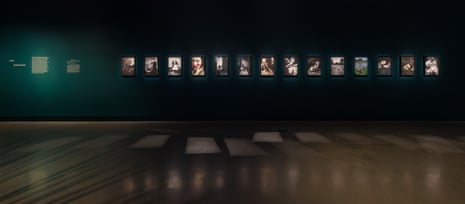
Much of her oeuvre feels cinematic. An eerie picture from Mama, taken through a crack in the bathroom door, shows Francziska’s hands reaching towards the doll’s back and neck. But just as Hitchcock used humour to express darkness and violence, there’s something comical in the image, too. Who hasn’t wanted to strangle their mother, at least once?
“I see my works as tragicomedies,” Grzeszykowska says. “I don’t want my work to be only serious or only sad. Life is already sad enough! But even in sadness, somehow there’s space for humour. That’s how we get distance, and with distance comes insight … The sadness can be funny. This constant search for perspective is part of my work, especially the existential, philosophical side. I don’t like the uncertainty of life, not knowing what comes next. But when I use that feeling in my work, I regain some control over it. It becomes a strategy, a way of coping.

The life of an artist is a privilege, she says: “There’s this special thing about art, at least from my perspective: if something is really difficult in your real life, it can actually become very good for your work.”
-
The veil runs from 27 June until 1 November at Buxton Contemporary, Melbourne; entry is free.

 2 months ago
77
2 months ago
77
